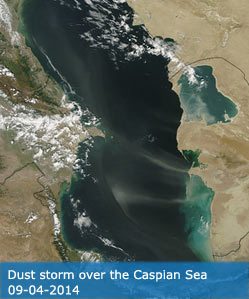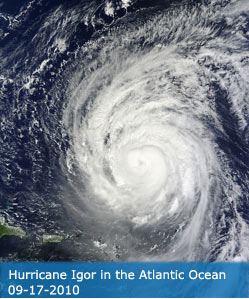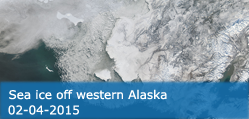Science Team
Publications
Patriota, EG; Bertrand, GF; Almeida, CD; Claudino, CMD; Coelho, VHR (2024). Heat the road again! Twenty years of surface urban heat island intensity (SUHII) evolution and forcings in 21 tropical metropolitan regions in Brazil from remote sensing analyses. SUSTAINABLE CITIES AND SOCIETY, 113, 105629.
Abstract
This study analysed the influence of urbanisation on the expansion of surface urban heat island intensities (SUHIIs) and the variability of biophysical parameters in twenty one major Brazilian Metropolitan Regions (MRs), from 2003 to 2022. We use land surface temperature (LST) data from MODIS sensors to continuously quantify the daytime and night-time SUHIIs. Spectral reflectance and re-analysis data were used to access the variability of Enhanced Vegetation Index-2 (EVI2), surface albedo (alpha), urban area (UA) growth, net surface radiation (Rn), and actual evapotranspiration (ET). The Mann-Kendall trend test was applied to all variables and their relationships with LST were investigated using statistical metrics. The results show that the SUHIIs were 60 % (1.64 degrees C) higher during the daytime than during the night, with significant growth trends throughout the studied period and more pronounced monthly seasonal variations in higher latitude MRs. The UAs are shown to be more influential on LST during the daytime, with the association of LST with EVI2 and alpha playing a fundamental role in regulating the urban climate. The results also demonstrate that increasing ET potentially mitigates LST, especially during the daytime. For the night-time, Rn is a stronger factor influencing LST, leading to the higher availability of sensible heat.
DOI:
10.1016/j.scs.2024.105629
ISSN:
2210-6707




